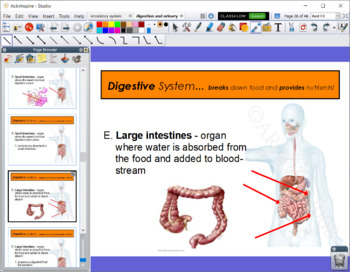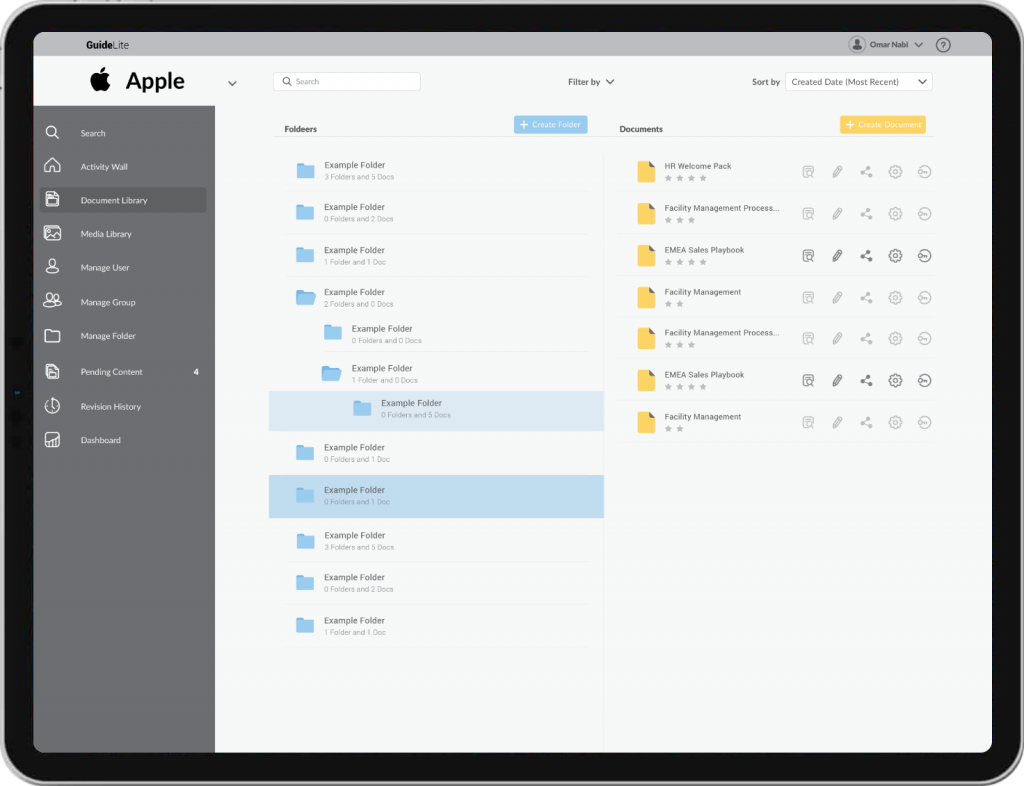

Overhead projector slides/transparencies are displayed on the overhead projector (OHP) – a very useful tool found in most lecture and seminar rooms. Give your audience time to read information on your slides

Use endless slides of bulleted lists that all look the sameĭirect your audience’s attention to slides containing key information

H owever, it can have the opposite effect. Table 35.1 presents the general principles.īut don’t over-do the animation – it gets distracting Used well, PowerPoint can improve the clarity of your presentations and help you to illustrate your message and engage your audience. Learning to present with PowerPoint will increase your employability. PowerPoint has become enormously popular and you are likely to have seen it used by your lecturers and fellow students.

You can combine text, graphics and multi-media content to create professional presentations. Microsoft PowerPoint is probably now the most commonly used form of visual aid. PowerPoint is a computer program that allows you to create and show slides to support a presentation. Part II of the Module noted in the video is provided later on this page. A brief overview of the important of visual aids is presented below. Incorporating visuals into your speech that complement your words rather than stand in place of them or distract from them, will set you apart from other presenters, increase your credibility, and make a bigger and more memorable impact on your audience. Understanding basic principles of how visual information is processed alone and in combination with audio information can make or break your visuals’ effectiveness and impact. Learning how to create effective visuals that resonate with your audience is important for a quality presentation. Words and images presented in different formats can appeal directly to your audience’s imagination, adding power to your spoken words. Visual aids can be a very powerful tool to enhance the impact of your presentations.


 0 kommentar(er)
0 kommentar(er)
